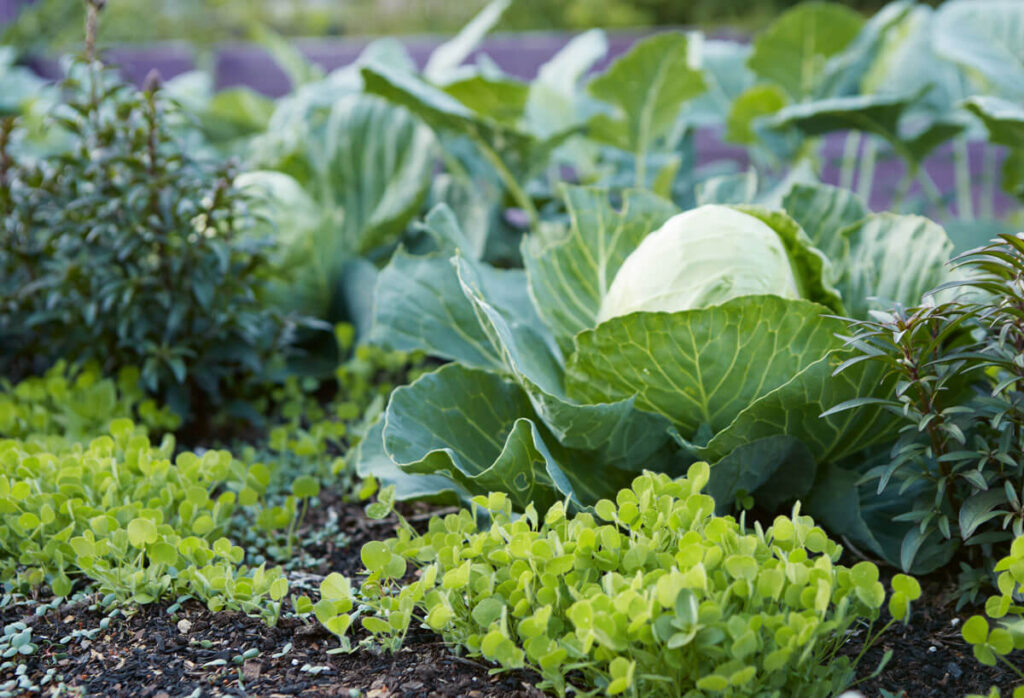
Welcome to the wonderful world of companion planting, where strategic plant partnerships can maximize your garden’s potential and promote healthy, thriving crops. Whether you’re a seasoned gardener or just starting out, companion planting offers a natural and effective way to improve soil fertility, deter pests, and boost overall garden productivity. In this post, we’ll delve into the art and science of companion planting, exploring the benefits, principles, and best practices for creating harmonious plant communities in your garden. Let’s dive in!
Understanding Companion Planting
At its core, companion planting involves growing two or more plant species together to the mutual benefit of each. These “garden companions” work in harmony to support one another’s growth, deter pests, attract beneficial insects, and enhance overall garden health. By carefully selecting compatible plant combinations, gardeners can create a diverse and resilient ecosystem that mimics nature’s balance.
Benefits of Companion Planting
Companion planting offers a multitude of benefits for both plants and gardeners alike:
1. Pest Control: One of the most significant advantages of companion planting is its ability to naturally repel pests and reduce the need for chemical pesticides. Certain plant combinations emit odors or chemicals that deter common garden pests, effectively protecting nearby crops from damage.
2. Improved Soil Health: Some plant partnerships work to enhance soil fertility and structure by fixing nitrogen, increasing nutrient availability, or suppressing weeds. Over time, these dynamic duos can improve soil health and productivity, leading to healthier, more vigorous plants.
3. Attracting Beneficial Insects: Certain flowers and herbs attract beneficial insects like ladybugs, lacewings, and hoverflies, which prey on garden pests and pollinate flowering crops. By incorporating these insect-attracting plants into your garden, you can create a welcoming habitat for these helpful allies.
4. Space Optimization: Companion planting allows gardeners to make the most of limited space by growing compatible crops together. Tall plants can provide shade or support for shorter crops, while sprawling ground covers can suppress weeds and conserve moisture in the soil.
Principles of Companion Planting
While companion planting offers numerous benefits, it’s essential to understand the principles behind successful plant partnerships:
1. Choose Compatible Plant Combinations: Not all plants make good companions, so it’s crucial to research which species are compatible and which should be kept apart. Some plants thrive when grown together, while others may compete for resources or attract pests.
2. Consider Planting Patterns: When planning your garden layout, consider the spacing, arrangement, and timing of plantings to maximize the benefits of companion planting. Group plants with similar needs together and alternate rows or beds to discourage pests and promote biodiversity.
3. Rotate Crops Regularly: To prevent the buildup of pests and diseases, practice crop rotation by planting different crops in the same area each season. This helps break pest and disease cycles and maintains soil fertility over time.
Common Companion Plant Combinations
Ready to put companion planting into practice? Here are some tried-and-true plant partnerships to consider for your garden:
1. Tomatoes and Basil: Planting basil alongside tomatoes can enhance tomato flavor and repel pests like aphids and hornworms.
2. Marigolds and Vegetables: Marigolds emit a strong scent that deters many garden pests, making them excellent companions for vegetables like tomatoes, peppers, and squash.
3. Beans and Corn: This classic Native American trio, known as the “three sisters,” features corn, beans, and squash grown together in a symbiotic relationship. Beans fix nitrogen in the soil, while corn provides support for climbing beans, and squash acts as a living mulch, suppressing weeds and conserving moisture.
In Conclusion
Companion planting is a time-tested gardening technique that harnesses the power of plant partnerships to create healthy, productive gardens. By selecting compatible plant combinations, considering planting patterns, and rotating crops regularly, gardeners can unlock the full potential of their gardens while promoting biodiversity and sustainability. So why not give companion planting a try in your own garden? Your plants—and the environment—will thank you for it!

